
Pflegetipp Pampasgras braucht im Winter Schutz
Rosea is a fast grower and will cover your garden in pink in no time. The color is pretty bright, too, and has a distinctive hue that will catch your eye from afar. On average, it reaches 7-8 feet in height and lasts through most of the fall. 3. Purple Pampas Grass. Image Credit: Trebor Eckscher, Shutterstock.

Kleines Pampasgras 'Pumila' Cortaderia selloana 'Pumila' Pampasgras, Stauden, Gras
Loosen the soil and sow seeds directly in spring after all danger of frost has passed. Do not cover with soil, because pampas grass needs light and water to sprout. You can protect the seeds from birds by covering them with netting. You can also start pampas grass seed indoors in pots and transplant seedlings outside.

Pampasgras im Winter schützen Im Garten DIE RHEINPFALZ
Pampas grass in winter: Final Thoughts. Pampas grass is a head-turner in any garden, and it's easy to see why. With its tall plumes of silvery-white flowers, it's a plant that is sure to get noticed. And while it's often associated with warm climates, pampas grass is actually quite hardy and can withstand cold winters.

Pin auf Bastelsets
There are a few things you can do to help your pampas grass survive the winter. First, make sure to water it regularly during the fall months. This will help the plant to store up moisture, which will help it stay hydrated during the winter. Second, mulch around the base of the plant to help insulate it from the cold.

Pampasgras sieht auch im Winter noch dekorativ aus Pool, Cabin, House Styles, Winter, Home Decor
To Help The Grass Remain Beautiful In The Winter, You Should Do The Following Tips: Tie the stalks and compress them together to prevent frost damage. Postpone pruning until late winter or early spring to protect the heart of the plant against frost. Cover the root area with dried leaves, straw or brushwood. Put the Pampas grass in a container.

Hot Tub Garden, Backyard Garden, Garden Landscaping, Garden Decor, Lush Lawn, Patio Plants
Place the seeds in an envelope and keep them in a cool, dark location until late winter or early spring. About 10 weeks before the last predicted frost date, place a few seeds in a five-inch pot filled with potting soil. Press the seeds just below the surface of the soil, about an eighth of an inch deep.
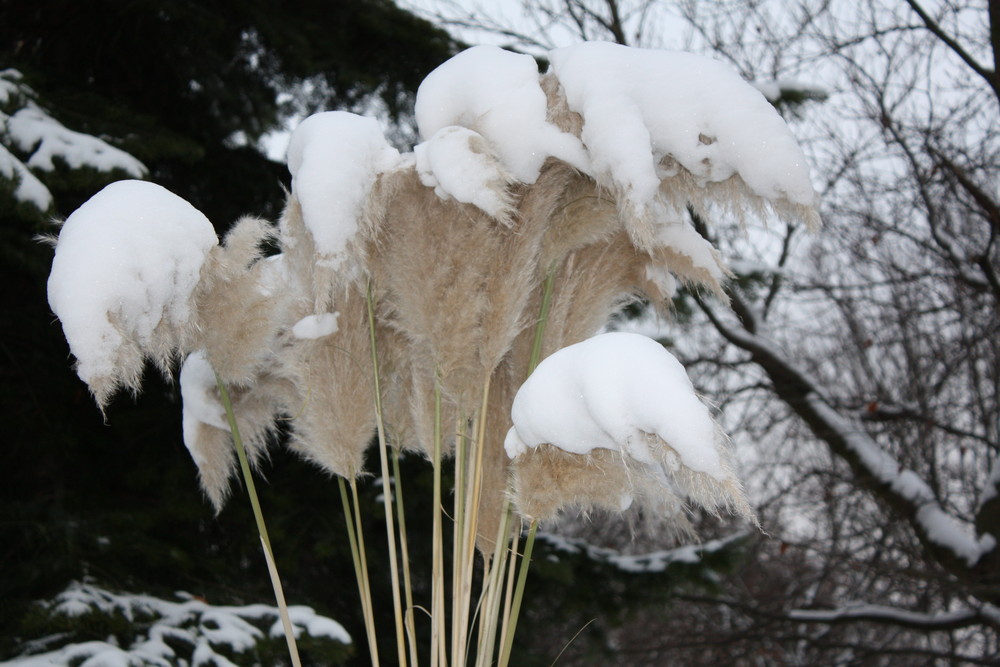
Pampasgras im Winter Foto & Bild pflanzen, pilze & flechten, gräser, natur Bilder auf
The best time to cut back pampas grass is in late winter, just before the plant begins sending up new foliage. Waiting until the end of winter allows you to enjoy the plumes all year. Cutting back pampas grass is a simple process. Use a pair of pruning shears to cut the plant down to about 6 inches above the ground.
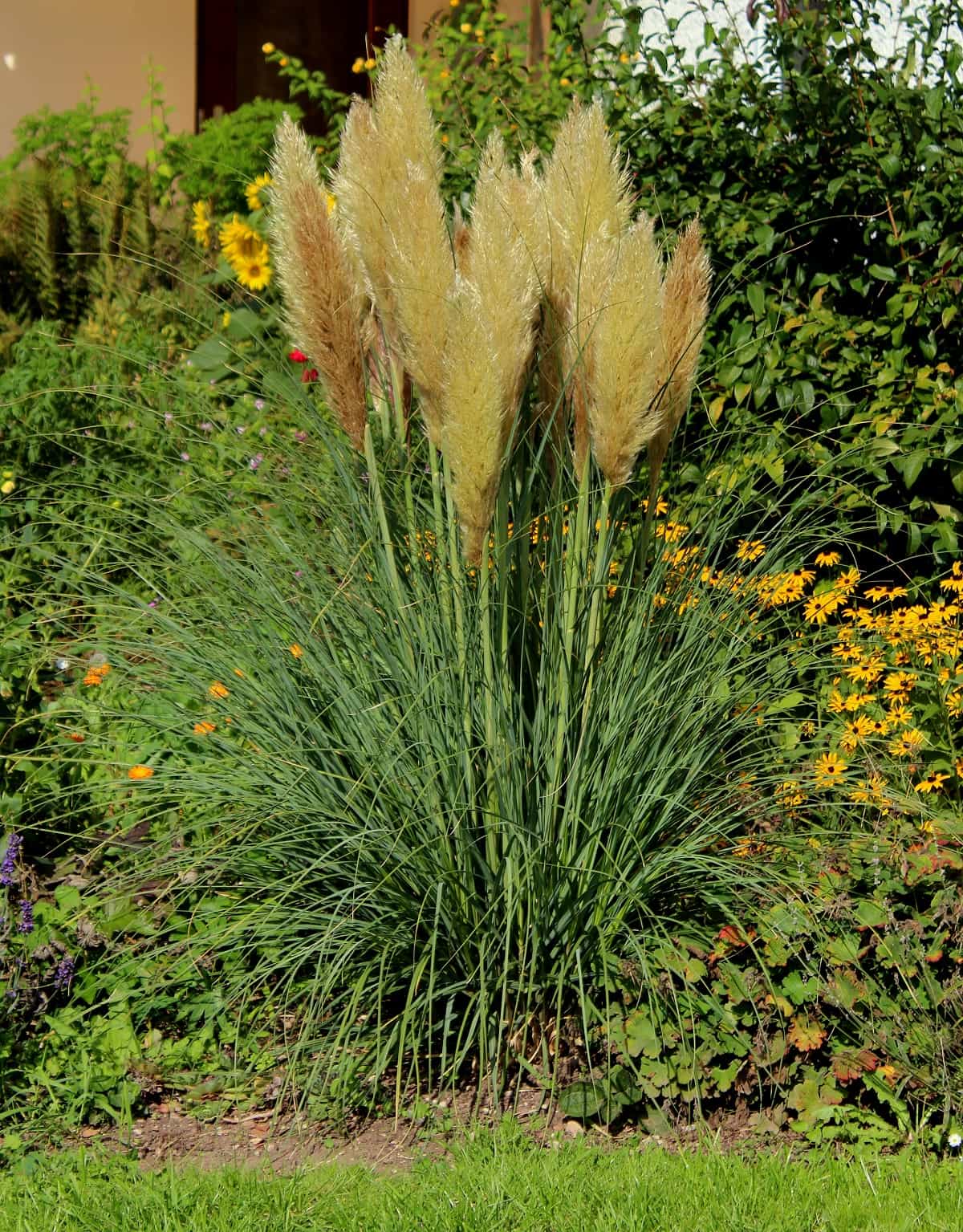
Pampasgras (Cortaderia selloata) Pampasgras Garten Wissen
Divide pampas grass in the early spring (as early as March) when you see new growth. Use a sharp shovel to divide through the plant and its dense, tough root system. Slowly dig around the separated clump until you can remove the clump from the ground. You may need to wrestle a bit with the clump if it's large.

Pampasgras düngen ExpertenTipps zum richtigen Düngen Dandelion, Flowers, Plants, Hardy Plants
Firmly tamp down the soil and water the new plant thoroughly. Pampas grass plants need lots of room to spread and mature plants can stretch to 8 feet wide. Plan to give each pampas grass plant you place in the ground at least 8 to 10 feet, or—if you are planting them to form a privacy hedge—6 to 8 feet.

Pampasgras im Kübel halten Geht das? in 2021 Garten anpflanzen, Garten bepflanzen, Pampasgras
Walk around the clump of pampas grass several times encircling it with a band of duct tape, then slice through the bound grass below the tape with an electric hedge trimmer so the bundle of dead foliage falls to the ground in one piece. This keeps everything neat and saves all that time sweeping and collecting up dead foliage.
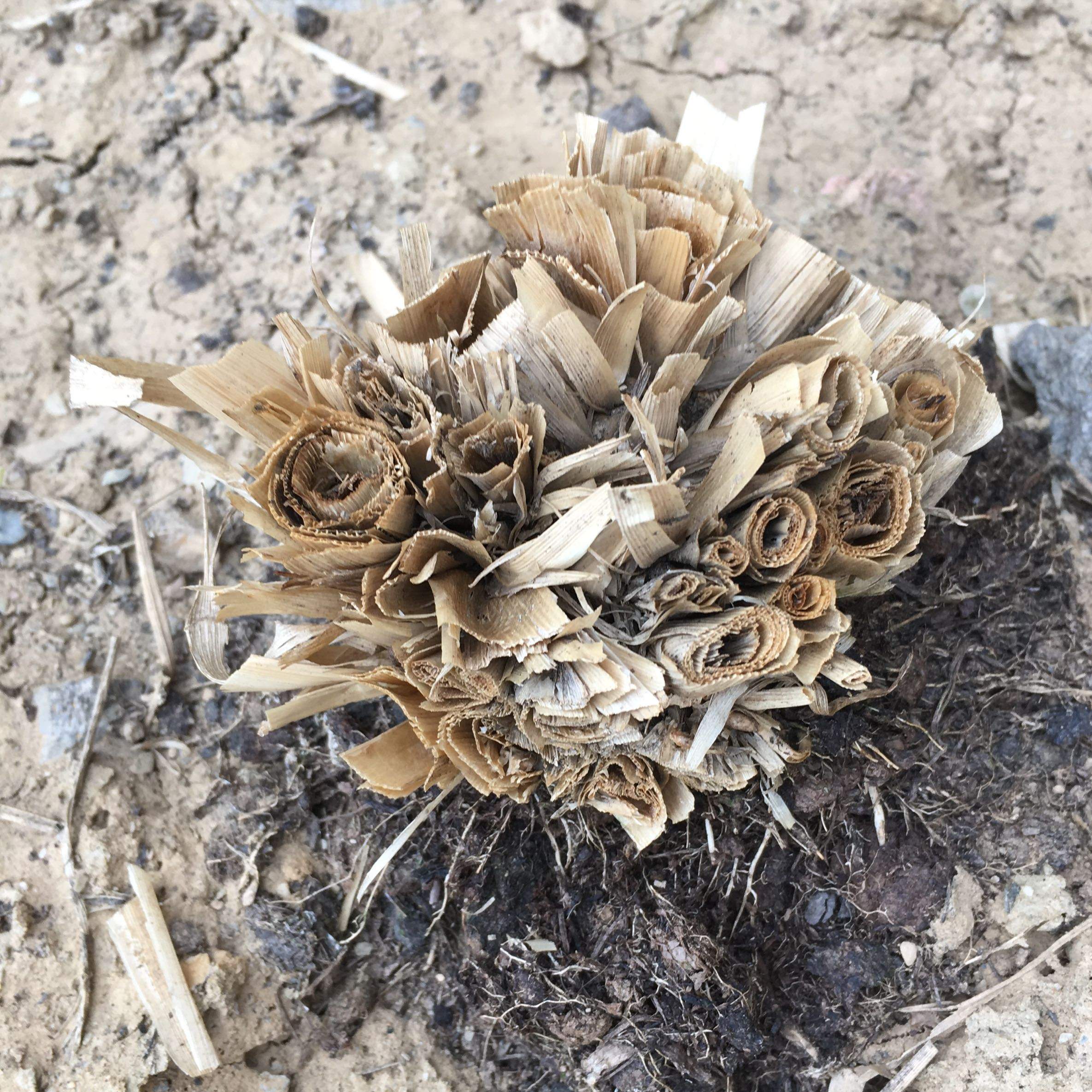
Pampasgras Experten? Kommt da noch was? (Garten)
1: Cutting back pampas grass in autumn. Many types of grass and perennials are cut down to the ground in autumn. In the case of pampas grass, it is better to postpone this measure to spring. The reason: The thick stalks of the cut pampas grass run full of water in winter. This water causes the stalks to rot from the inside.
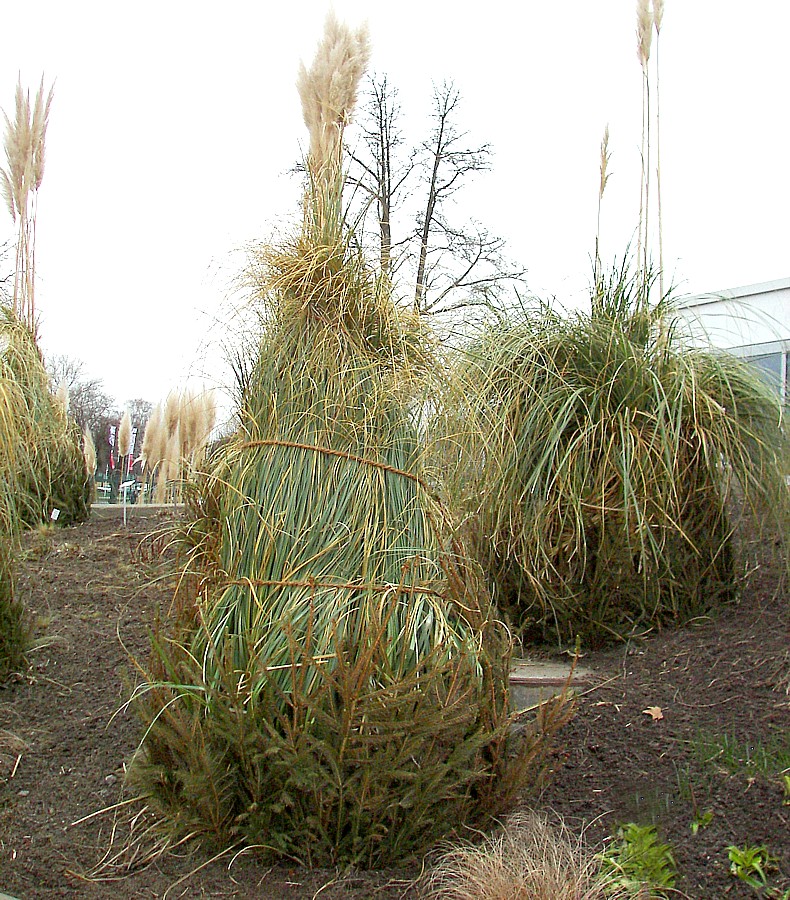
Pampasgras, das beliebte winterharte Ziergras Pflege, Überwintern
When mass planting pampas grass, you'll have to space them about 6 to 8 feet (2 m.) apart. Pampas grass enjoys areas with full sun but will tolerate partial shade. It also tolerates a wide range of soil types but prefers moist, well-draining soil. Another plus side to growing pampas grass is its tolerance of drought, wind, and salt sprays.
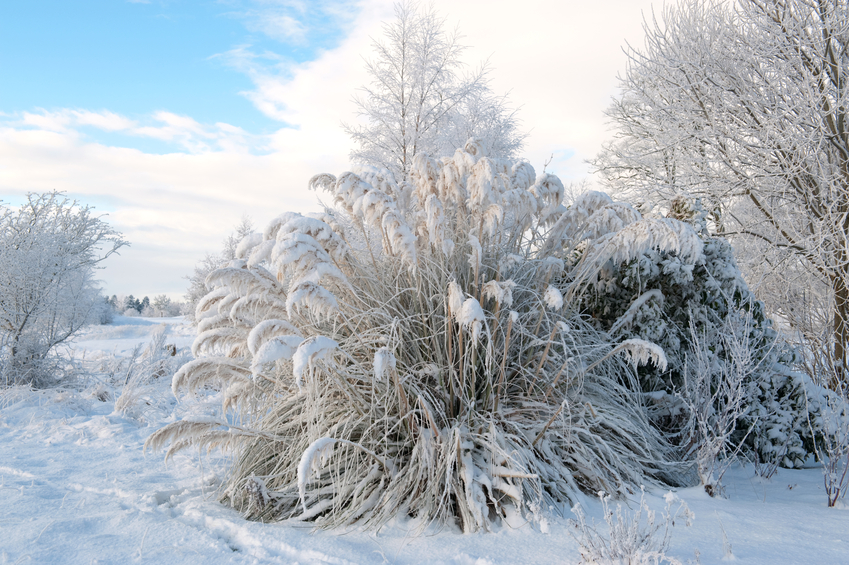
Rosa Pampasgras » Winterhart oder empfindlich?
Conclusion. Pampas grass goes dormant in the winter as the damp conditions cause the stalks to rot. You should postpone pruning the grass until late winter to protect the roots against the frost and chilly conditions. Cut back the grass to about 5 inches above the ground, and fertilize it. By Jamie.
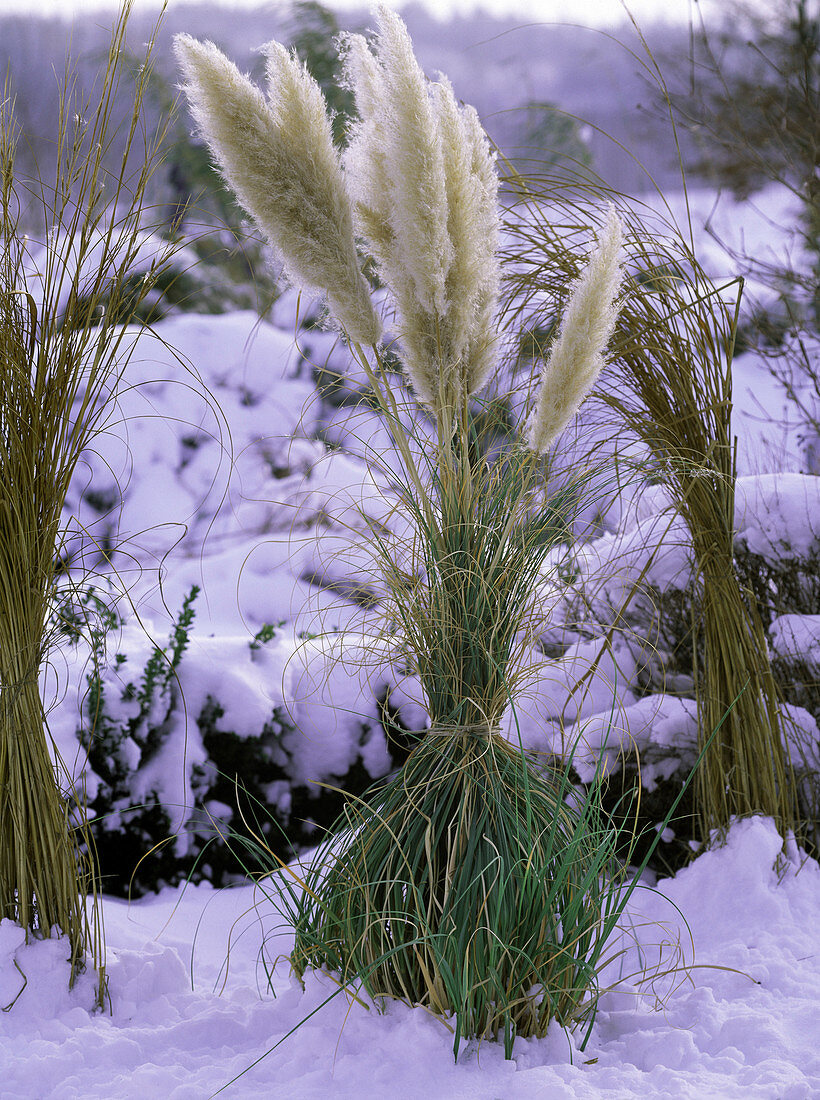
Cortaderia / Pampasgras im Winter … Bild kaufen 12107752 Gartenbildagentur Friedrich Strauss
Taking care of any ornamental grass is pretty easy. The main thing you have to do is to cut the brown, dead foliage down sometime before spring. Many people leave the foliage on their plant through the winter as it adds some texture and interest to an otherwise bland winter landscape.

Ist das Pampasgras winterhart? Hier lernen Sie die Pflanze kennen
There are several things you can do with pampas grass in the winter: 1) Leave it in place and let it die back on its own. 2) Cut it down to ground level and remove the dead stalks. 3) Mulch it with straw, leaves, or compost. Option 3 is the best option if you want to keep the pampas grass alive. Mulching will protect the roots from cold weather.

Pampasgras pflanzen Tipps zum Einpflanzen in Kübel & Beet
Follow these steps when propagating your pampas grass. Cut the grass back to 1 to 2-feet in length until you can see the base of the plant. Examine the stems of the grass at the soil level. You should see that shoots are forming at the base. Using a sharp knife, cut away the new growth from the middle of the plant.